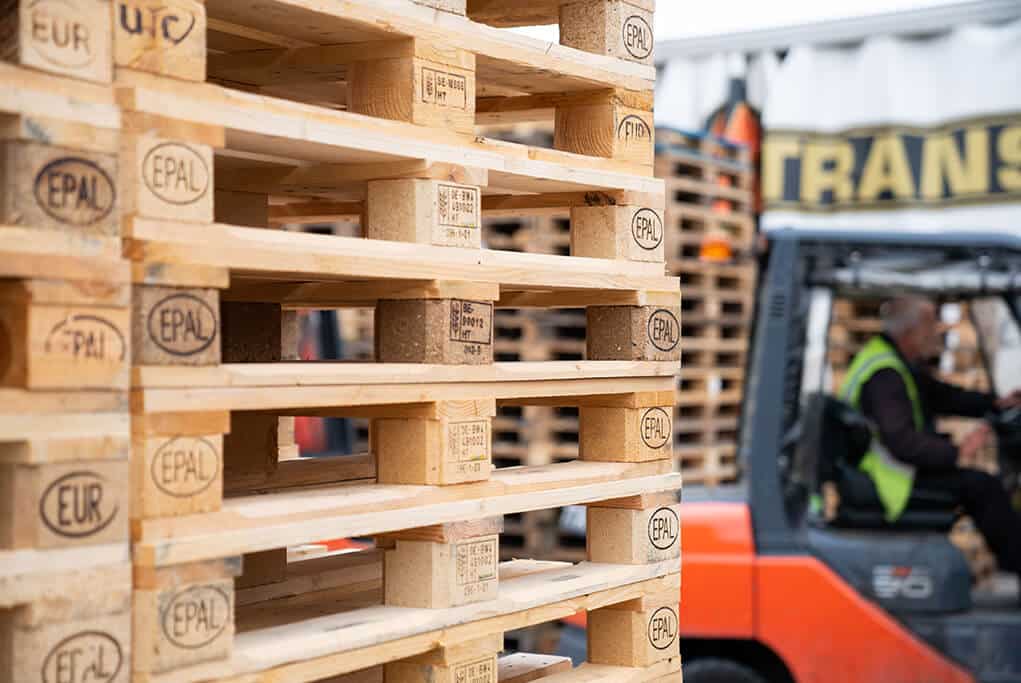As anyone in the haulage industry knows, pallets are made from fresh timber. This is the most cost-effective way to produce shipping pallets, since the pallets can subsequently be reused, repaired, or recycled.
Because fresh wood is used in their manufacture, certain precautions need to be taken to ensure there are no fungal spores, insects (or their eggs or larvae), or other living organisms hidden within the timber itself.
Since pallets are shipped all over the world, the arrival of untreated wooden pallets could potentially lead to an infestation that could devastate the local environment.
While there are several ways to protect your pallets against infestation, including chemical dipping and spraying, the most effective method is a full heat treatment.
Get in touch
If you need heat-treated pallets that are fully-compliant with all ISPM-15 standards, contact Chris Reynolds Pallets today.
Of the methods permitted under ISPM-15, heat treatment is the most effective both in terms of cost and in terms of eradicating organisms in the wood. At Chris Reynolds Pallets, our heat-treated pallets are processed in a specialist kiln, to the specifications laid down by ISPM-15. For most countries and applications, the wood needs to reach an internal temperature of 56°C to kill off most common pests, although some countries require a higher core temperature.
Our heat-treatment facility ensures fully-treated and compliant wood pallets and packaging for all our customers across the UK.
Identifying a Heat-Treated Pallet
All pallets that have been through the heat treatment processed are stamped or branded to indicate their suitability for international use. This mark consists of the IPPC (International Plant Protection Convention) logo of an ear of wheat, followed by a unique identifier code showing the country of origin of the pallet, the regulator in charge of the heat treatment process, and our own certification number. This unique code, also shows the method of treatment – namely HT for heat treatment, in our case.
This unique code, also shows the method of treatment – namely HT for heat treatment, in our case.



